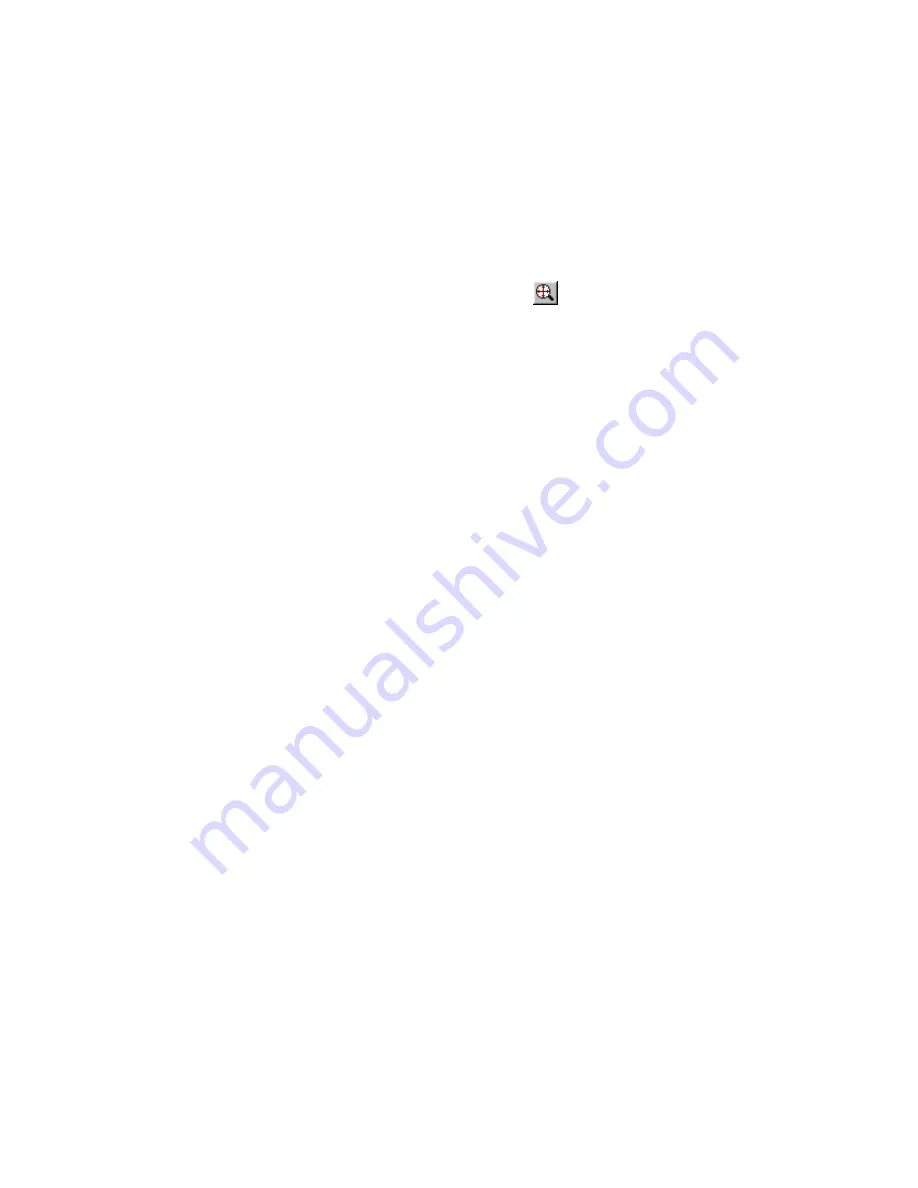
Viewing the Model
33
❚❘❘
Set the far clipping plane by entering the required
value in the input box or by adjusting the Far Clip
Plane slider.
Field of View
Use this option to adjust the view angle of the view
frustum. This changes the size of the view frame in
relation to the picture plane. The field of view is
computed from the Focal Length and the Film Size.
If you explicitly change the field of view, the focal
length is adjusted automatically and the film size
remains the same.
Change the field of view by entering the required
value in the input box or by adjusting the Field of
View slider.
View Tilt
Use this option to rotate the model around an axis
perpendicular to the screen. Set the View Tilt option
by adjusting the slider from -180° through 180°.
Film Size (mm)
Use this list to select the film size of the virtual
camera. If you explicitly change the film size, the
focal length is adjusted automatically, and the field
of view remains the same.
Note:
To define a custom frame size, select Other
from the Film Size list and specify the frame width
in the Frame Width box.
Focal Length (mm)
Use this option to set the focal length of the virtual
camera. If you explicitly change the focal length, the
field of view is adjusted automatically, and the film
size remains the same.
Using View Extents
Use the View Extents option to display all the objects
in the model.
To use View Extents:
Choose View | Extents or click the View Extents
button
on the View Control toolbar.
If you use the Perspective view, the focus point is set
to the center of all visible objects and the model is
viewed from the front.
Using Align Backgroun
d
You can use Align Background to load an image file
as the background of the Graphic window so that
you can align your model view with it.
This is important if you intend to composite the
rendering you do in Lightscape with a background
image file. For example, you may want to show a
proposed building model on an existing street, or set
an exterior background that you would see through
a window. The background image can be offset on
the screen to correspond to an appropriate location
in the model.
To
a
lign a background image:
1.
Set the Viewport Size to be in the same propor-
tion as the final image resolution you want to render.
For example, if your final image is to be 4000 x 3000
pixels, set the viewport to 800 x 600. For more infor-
mation, see “Setting Viewport Size” on page 34.
2.
Use an image editing application to create a copy
of the background image, scaled to fit within your
viewport.
3.
Choose View | Align Background.
Summary of Contents for LIGHTSCAPE
Page 1: ...SULO 4 31 93 36034333308355 LJKWVFDSH...
Page 18: ...NOTES 10...
Page 110: ...NOTES 102...
Page 136: ...NOTES 128...
Page 166: ...NOTES 158...
Page 176: ...NOTES 168...
Page 202: ...NOTES 194...
Page 210: ...NOTES 202...
Page 248: ...NOTES 240...
Page 294: ...NOTES 286...
Page 308: ...NOTES 300...
Page 316: ...NOTES 308...
Page 324: ...NOTES 316...
Page 342: ...Glossary 334 Lightscape...
Page 360: ...Index ix 352 Lightscape...
Page 362: ......






























